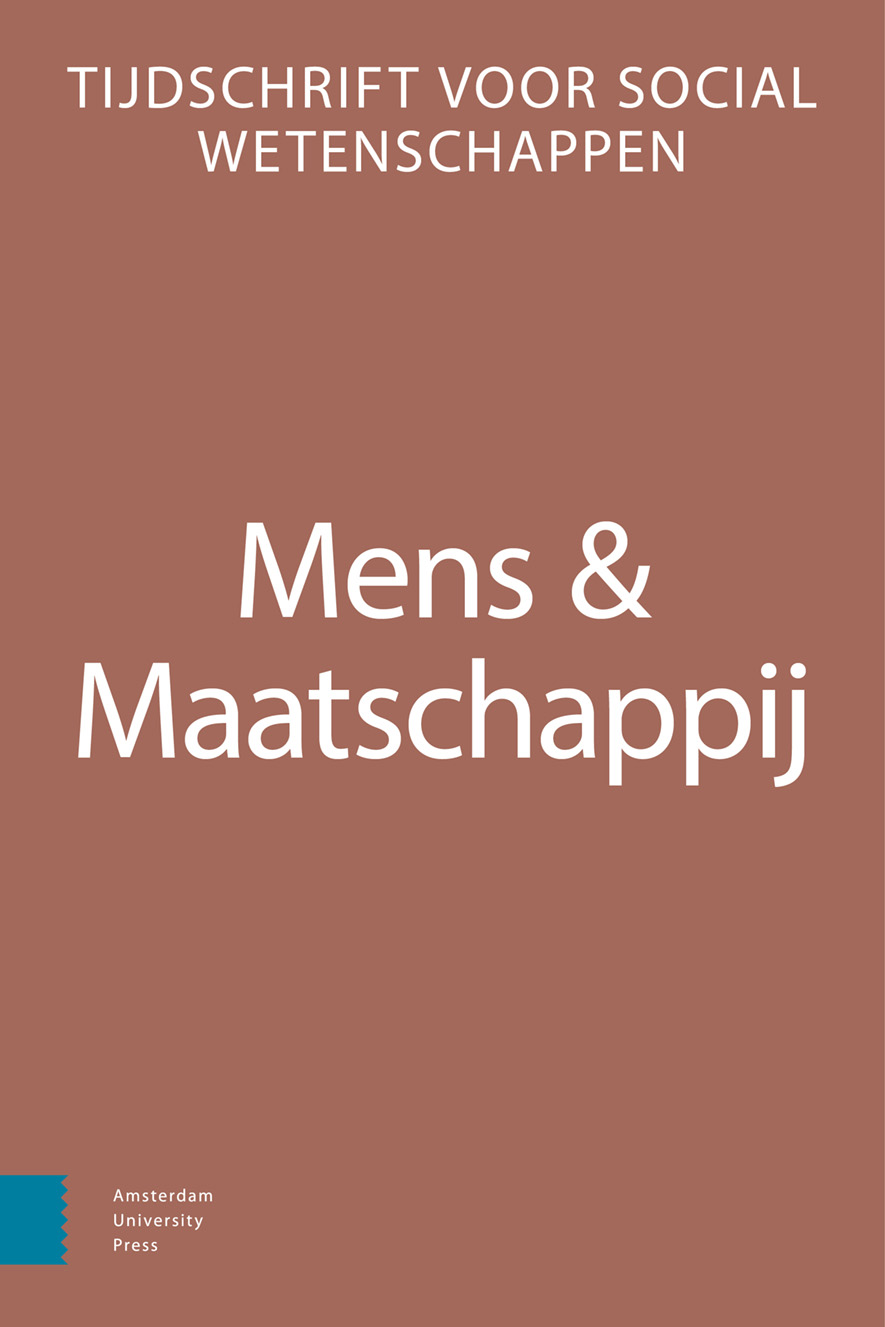-
oa Blijven of terugkeren?
Wat werkpatronen van Oost-Europese arbeidsmigranten ons kunnen leren over de aard van de hedendaagse migratie
- Amsterdam University Press
- Source: Mens & Maatschappij, Volume 93, Issue 1, Mar 2018, p. 5 - 29
-
- 01 Mar 2018
Abstract
Remain or return?
What we can learn from working patterns of Central and Eastern European labour migrants about the nature of present-day migration
In this paper we examine to what extent the work histories of Central and Eastern European (CEE) labour migrants show patterns of temporary, circular or settlement migration. We expect to find these diverse and changeable patterns following the phenomenon of the new European migration. By distinguishing working patterns we are able to describe more accurately actual migration behaviour to the country of destination. We follow a cohort of all employees who worked in the Netherlands in June 2010 for a period of five years by using wage data.
Our findings show that the majority of CEE labour migrants are temporary migrants and stop working as an employee in the Netherlands within five years, mostly after a relatively long, single period of work. Only a very small proportion can be considered as circular migrants and shows a pattern of short-term work or a repetitive pattern of short-term work. Furthermore, one third of CEE labour migrants engage in settlement migration; they work continuously in the Netherlands for a long period. This contradicts our expectations regarding the new European migration that there would be fewer labour migrants with uninterrupted periods of work and more labour migrants working for shorter periods.


